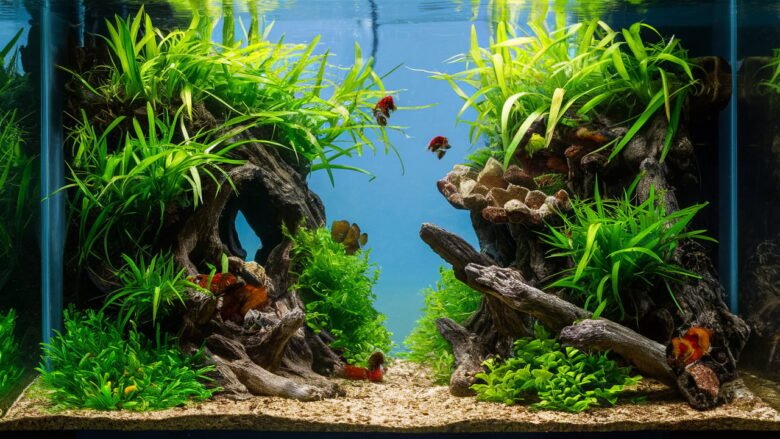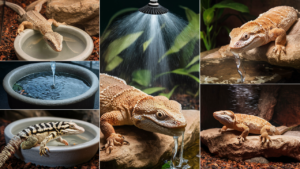Creating a biotope aquarium offers hobbyists a unique opportunity to replicate natural aquatic environments. By selecting native plant species and mimicking specific ecosystems, you can cultivate a thriving aquarium that mirrors the beauty and biodiversity of nature. This article delves into the essential aspects of biotope aquarium creation, maintenance, and the ecological significance of native flora.
Understanding Biotope Aquariums
A biotope aquarium represents a specific natural habitat recreated in an enclosed environment, emphasizing ecological authenticity and species fidelity. Differing from traditional aquariums, biotopes focus on indigenous species and conditions, enhancing biodiversity. Examples include Amazon river setups, complete with native flora and fauna, or Asian rice paddies teeming with local plants and creatures, all reflecting their respective ecosystems. Such environments showcase not only aesthetics but also play a crucial role in conservation, maintaining local biodiversity and connection to natural habitats.
Mimicking Natural Environments
Mimicking natural environments in a biotope aquarium involves closely replicating water chemistry, lighting, and physical structures. Carefully selecting substrate types, such as sand or gravel, can reflect specific habitats like riverbeds or lake floors.
Filtration systems must accommodate the natural flow patterns typical of the chosen environment, using filters that simulate water movement without disrupting the delicate balance. Incorporating authentic environmental features—like smooth rocks, twisted driftwood, and native vegetation—creates hiding spots and encourages behaviors similar to those seen in natural habitats.
Utilizing items that align with the biotope’s ecosystem, such as leaf litter for a forest stream or stones for a rocky shoreline, enhances the authenticity. Each component plays a role in fostering a thriving, sustainable aquatic ecosystem that mirrors the real-world environment from which the species originate.
Selecting Native Plant Species
Selecting native plant species is crucial for establishing a thriving biotope aquarium. Native plants enhance the ecosystem by providing essential shelter and breeding grounds for fish and invertebrates, fostering a balanced habitat.
Some popular native plant species include **Elodea canadensis**, a versatile submerged plant that offers cover; **Sparganium spp.**, suited for wetland aquariums with its unique foliage; and **Nymphaea spp.**, perfect for pond-like setups with stunning flowers.
When sourcing plants, prioritize sustainability. Seek out local nurseries or aquatic plant societies to avoid wild collection, minimizing ecological impact while ensuring healthy specimens for your aquarium.
Biotope Tank Maintenance
Maintaining a biotope aquarium requires consistency and attention to detail. Regular water changes, typically 10-20% weekly, promote a stable environment. Clean the substrate gently to avoid disturbing beneficial bacteria. Monitor water parameters diligently, as fluctuations can harm the delicate balance. Pay close attention to the behavior of your tank inhabitants; signs of stress can indicate issues like poor water quality or compatibility problems. For common challenges, such as algae blooms, adjust lighting hours and ensure proper CO2 levels. Strengthening plant health through fertilization, when necessary, supports a thriving ecosystem.
Conclusions
In summary, creating a biotope aquarium not only enhances aquatic gardening but also fosters ecological awareness and conservation. By mimicking natural habitats and using native species, hobbyists can maintain a harmonious ecosystem that thrives over time. Proper maintenance ensures the beauty and vitality of your biotope, enriching both the aquarium and the broader environment.



